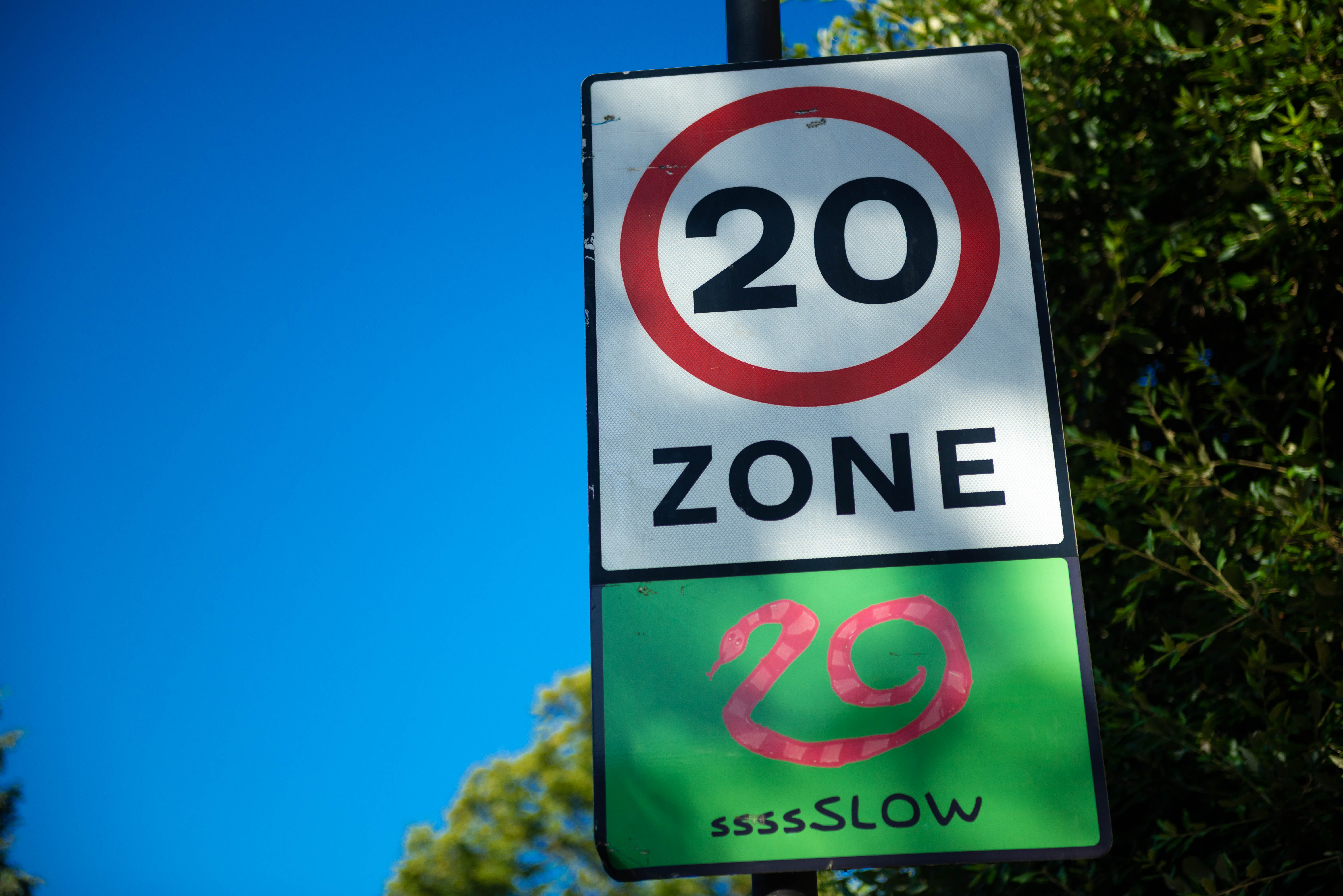Why don't speed limits apply to cyclists?
And can we really go as fast as we want – even in 20mph zones?


Cycling and speed limits have been filling headline space and news copy this month, with renewed calls for bike riders to be subject to speed restrictions in the same way as cars.
It came following the death of an elderly woman in Regents Park, London, who died after being in collision with a cyclist who was travelling above the park's 20mph limit for motor vehicles.
The death of Hilda Griffiths in 2022 was recorded as an "accidental cyclist collision death" by a coroner's court earlier this month, with no prosecution brought against the bike rider. She had stepped into the road in front of rider Brian Fitzgerald, who had averaged 25mph around the park perimeter as part of a paceline, reaching speeds of up to 29mph.
The tragedy led to the Royal Parks contacting Strava to ask that segments within the parks be removed from the platform, to discourage fast riding.
The fact there was no case to answer for Fitzgerald stems from the fact that, in line with the rest of the UK's roads, cyclists in the Royal Parks are not legally obliged to obey the speed limits.
But why is this the case? We asked Michael Hutchinson, who is not only our very own Doctor Hutch, but also a doctor of law and the author of a book on cycling history – 'Re:Cyclists'.
"According to the traffic regulations act 1984, speed limits actually apply to motor vehicles," he says. "It says things like, 'it shall not be lawful for a person to drive a motor vehicle on a restricted road at a speed exceeding 30mph'. That's the kind of formulation. So that fundamentally is why the speed limits don't apply to vehicles other than motor vehicles."
The latest race content, interviews, features, reviews and expert buying guides, direct to your inbox!
It's the 'motor' part of motor vehicles which is key, he says, and points out that ergo, it doesn't apply to horses or wheelchairs – except motorised ones. By the same token, he cautions, "I would imagine it would be interpreted as applying to ebikes, assuming the motor is engaged."
With e-bike motor assistance restricted to 15.5mph, this shouldn't be an issue for a standard e-bike – but should you be riding an illegal, derestricted machine, it would be.
"I don't think that's ever been tested, but I can't for the life of me see why it wouldn't apply," he says, adding: "You'd probably end up getting prosecuted for an illegal bike before you get prosecuted for speeding."
Anyone who has used Richmond Park for long enough will recall a time when cyclists there had to be watchful of being caught and cautioned by police. But the Parks have since clarified that the speed limits do not legally apply to cyclists.
"The regulations never applied," says Hutchinson. "The police were stopping cyclists without actually having any legal basis for doing so."
In the aftermath of the death of Hilda Griffiths, the Parks issued a statement which reiterated an appeal to cyclists to keep within the motor vehicle limits, saying:
"We do ask that cyclists observe the motor vehicle speed limit for the park, the road or path in question. This varies from five mph to 20mph."
The request does not seem an unreasonable one. Deaths caused by a cyclist being in collision with a pedestrian are mercifully few and far between, and yes, a car's mass and size would generally make it more dangerous to be hit by than a bicycle. But that doesn't mean cyclists should view their lack of legal obligations as an invitation to dismiss speed limits entirely.
It will have escaped few cyclists' attention that the government announced plans this month to introduce a new offence of causing death or serious injury by careless or dangerous cycling. However, with the general election incoming, this plan will likely fall by the wayshide.
"I don't think anyone's going to go and amend the road traffic regulations act to include all vehicles any time soon," says Hutchinson. "Because I'm looking at the [dangerous cycling] legislation they're talking about taking through at the minute and thinking it's probably not necessary.
"However, the one question I would have is exactly what the courts' approach to this will be," he adds. "I could imagine the circumstances where somebody might get prosecuted for causing death or serious injury, where the 'dangerous cycling' in question is riding at over the speed limit. So the speed limit wouldn't apply to cycling, but riding faster than it would be regarded in and of itself and prima facie dangerous."
As bike riders, it feels as though we should take away a message of caution. The speed limit may not apply, but that doesn't mean that breaking it won't be frowned on, and even lead to prosecution.
After cutting his teeth on local and national newspapers, James began at Cycling Weekly as a sub-editor in 2000 when the current office was literally all fields.
Eventually becoming chief sub-editor, in 2016 he switched to the job of full-time writer, and covers news, racing and features.
He has worked at a variety of races, from the Classics to the Giro d'Italia – and this year will be his seventh Tour de France.
A lifelong cyclist and cycling fan, James's racing days (and most of his fitness) are now behind him. But he still rides regularly, both on the road and on the gravelly stuff.
